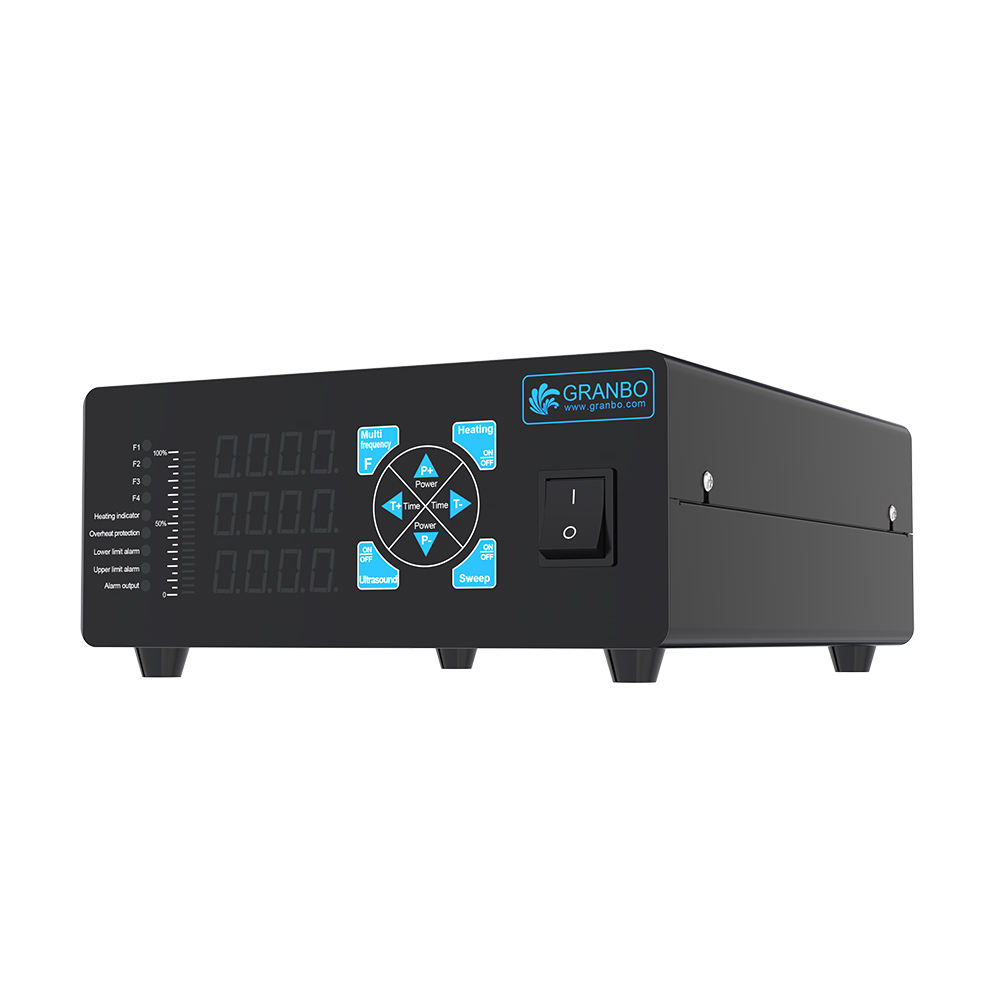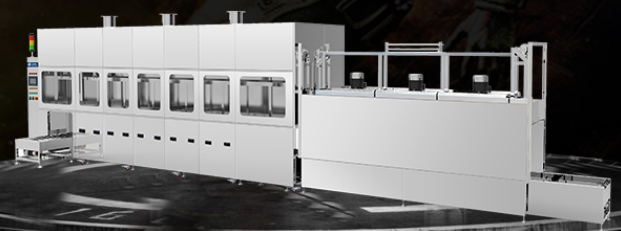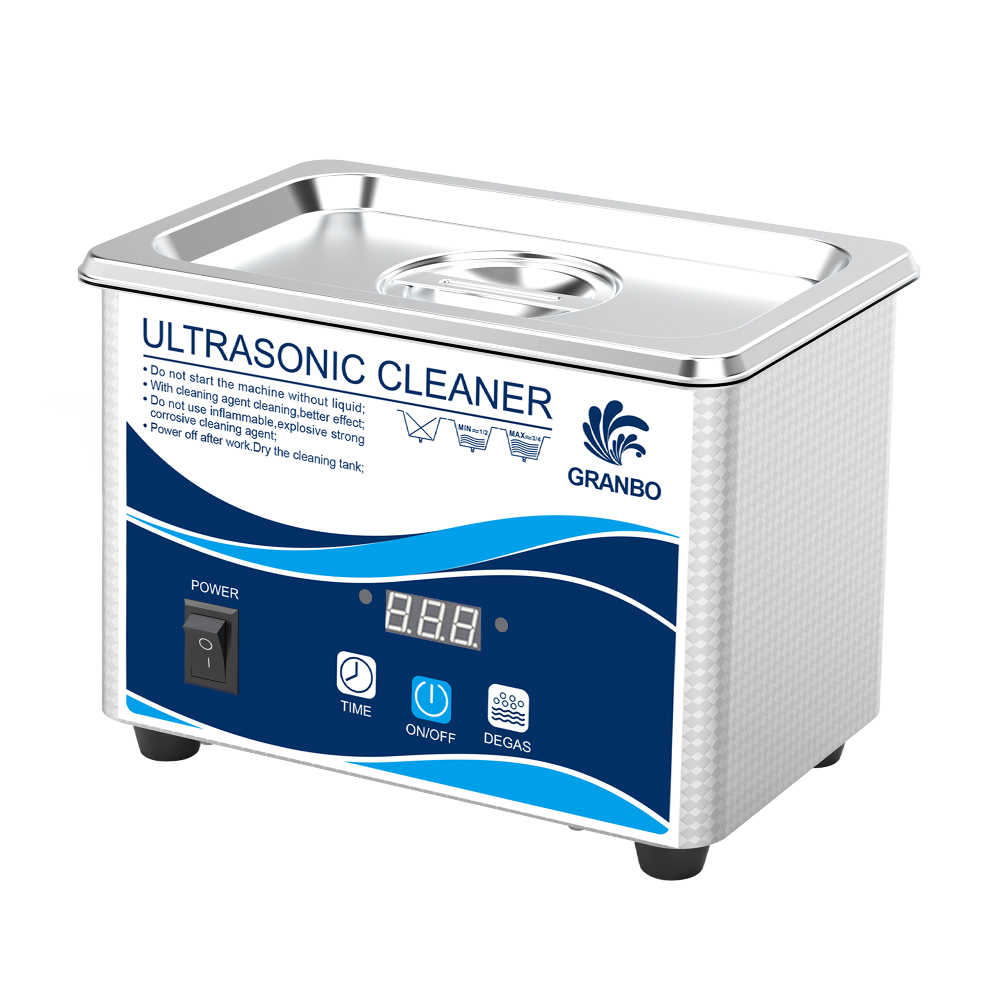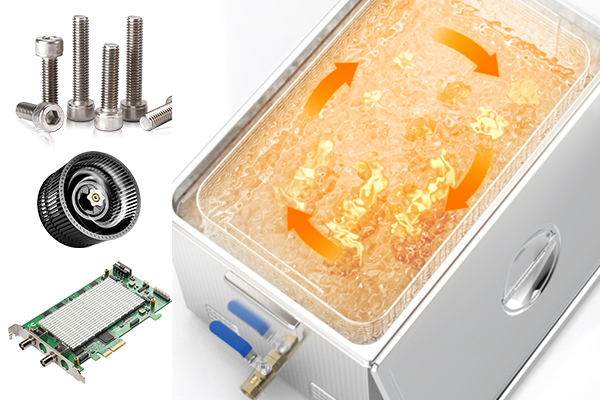Selecting the right ultrasonic cleaning machine for oil removal involves considering multiple factors to ensure it meets specific cleaning needs and is efficient, reliable, and durable. Here are some key points and steps to help you choose a suitable ultrasonic cleaning machine:
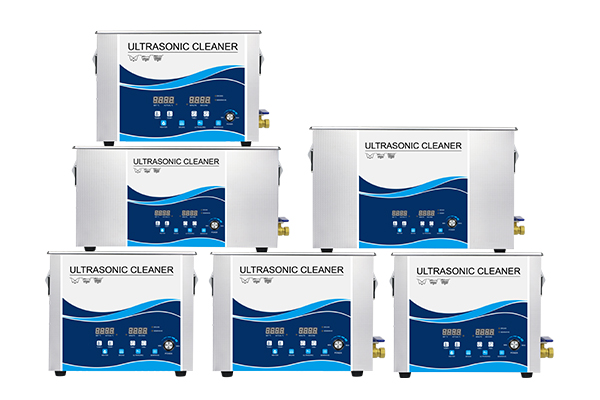
1. Determine Cleaning Requirements
- Cleaning Objects: Identify the types of items to be cleaned (e.g., metal parts, electronic components, medical instruments).
- Cleaning Volume: Assess the quantity and frequency of items to be cleaned to choose an appropriate tank capacity.
- Type of Contaminants: Understand the type of oil contaminants (e.g., light oil, heavy oil, lubricating oil) and whether there are other attachments (e.g., dust, rust).
2. Tank Size and Capacity
- Size: Select a tank that can accommodate the largest item to be cleaned, ensuring the item is fully immersed in the cleaning solution.
- Capacity: Choose a tank capacity based on the cleaning volume to avoid frequent operations for a small tank or energy and detergent wastage for an oversized tank.
3. Ultrasonic Power Selection
- Recommended Power for Specific Items:
- Cleaning optical glass and LCD products: 10-20W/L.
- Cleaning precision instrument components: 20-25W/L.
- Cleaning metal stamped parts: 25-30W/L.
- Cleaning powder metallurgy parts and precision castings: 30-35W/L.
- Cleaning injection-molded parts: above 35W/L due to complex structures.
- Dual or Multi-Frequency Machines: These can handle various cleaning tasks.
4. Ultrasonic Frequency Selection
- Frequency Range: Ultrasonic cleaning frequencies generally range between 20-40 kHz and 68-120 kHz. Low frequencies produce larger cavitation bubbles with stronger collapse forces, suitable for removing larger 3-5µm contaminants. Higher frequencies require greater sound intensity to produce finer and more uniform cavitation bubbles.
- Low Frequency: Suitable for large surface cleaning and strong adhesion contaminants, but not ideal for deep holes and complex surfaces.
- High Frequency: Suitable for cleaning complex shapes, slots, deep holes, and blind holes with relatively mild cavitation and less noise.
- Specific Frequency Recommendations:
- Powder metallurgy parts like cores and rings: 20-25 kHz.
- Rough metal parts like car wheels and cylinders: 25-28 kHz.
- Watch parts and precision stamped parts: 40 kHz.
- Optical glass and low-end LCD devices: 68-120 kHz.
- Multi-Frequency Methods: Using different frequencies for rough and fine cleaning can improve cleaning quality and efficiency.
5. Heating Function
- Heater: The temperature of the cleaning solution significantly affects oil removal. Optimal cleaning usually occurs at 50-60°C. Choosing a machine with a heating function can enhance cleaning efficiency.
- Temperature Control System: A precise temperature control system can maintain the cleaning solution’s temperature for optimal cleaning.
6. Choosing the Cleaning Agent
- Types of Cleaning Agents:
- Water-Based Cleaners: Typically composed of surfactants, alkaline or acidic substances, chelating agents, corrosion inhibitors, suitable for removing oil, particles, oxides, etc.
- Solvent-Based Cleaners: Made of organic solvents like alcohols, ketones, chlorinated hydrocarbons, suitable for removing oils, waxes, resins that are not easily dissolved in water.
- Material Compatibility:
- Metals: Use water-based cleaners with corrosion inhibitors or solvent-based cleaners suitable for metals.
- Plastics and Rubber: Avoid strong solvents that dissolve or soften the material; use mild water-based cleaners.
- Glass and Ceramics: Usually have low requirements for cleaners but avoid strong acids and bases.
- Cleaner Performance:
- Cleaning Ability: Choose a cleaner with the right cleaning power for the type and amount of contaminants.
- Foam Control: Choose low-foam or defoaming cleaners as excessive foam can affect cleaning performance.
- pH Value: Select a cleaner with a suitable pH range based on the cleaning object and contaminants.
- Environmental and Safety Considerations: Opt for eco-friendly, non-toxic cleaners to minimize environmental and operator harm.
- Usage Conditions:
- Concentration: Dilute the cleaner according to the manufacturer’s recommendations for optimal cleaning.
- Temperature: Adjust the cleaning solution temperature as some cleaners perform better at specific temperatures.
- Time: Adjust the ultrasonic cleaning time based on the cleaner and contamination level to ensure thorough but not excessive cleaning.
- Compatibility Testing: Conduct compatibility tests before formal use. Apply the cleaner to a small sample to observe its cleaning effect and potential negative impacts.
7. Other Features and Design
- Time Control: Machines with adjustable cleaning time settings help control the cleaning process.
- Noise Control: Choose low-noise machines to improve the working environment.
- Safety: Check for safety features like overheat protection and circuit protection to ensure safe operation.
8. Brand and After-Sales Service
- Brand Selection: Choose reputable brands and manufacturers with a good reputation to ensure product quality and after-sales service.
- After-Sales Service: Ensure the supplier provides comprehensive after-sales services, including technical support and maintenance.
By considering these factors, you can select a suitable ultrasonic cleaning machine that meets specific cleaning tasks, offering efficient, stable, and reliable cleaning performance.

